Today I received a question: What is expressive line? I’ll be teaching a workshop at the end of the month to a local group of experienced artists, so the question set me back a bit. But as I tried to answer it, I found it difficult to explain myself.
I started encorporating line in my work as a self-imposed challenge to become more expressive in my work. One year I decided to study how other artists use line in their abstract work. Using line in each painting for an entire year, I became more comfortable with this expressive element.
I studied some of these artists work and many more: Cy Twombly, Amy Sillman, Takahiko Tayashi, Mindy Alper, Egon Shiele, Jeri Ledbetter, Joan Mitchell and Jimmie James. You can find a collection of many images with dominant line on my pinterest board here: https://www.pinterest.com/RuthArmitageStudios/line/
But the question remains: What is expressive line? I would define line as being expressive when it is not concerned with representing or describing a subject or the edge of a shape. A few of my images I feel are succsessful at this are collected below.
Expressive Line Examples
- “Wild Mint and Waterlilies” Acrylic on Paper, 11″x15″ ©Ruth Armitage SOLD
- “Get in the Truck” Acrylic on Paper, 11″x15″ ©Ruth Armitage
- “Starlight Camaro” Acrylic on Paper, 11″x15″ ©Ruth Armitage
- “Purple Rain” mixed water media on paper, 30″x22″ $1950
- “In the Garden” ©Ruth Armitage, Acrylic on Paper 30″x22″ $1950
- “Forest Vineyard” Mixed Water Media on Paper, 22″x15″
- “Petroglyph” mixed water media on paper 15″x22″
- “Sediment” Acrylic on Paper 15″x22″ ©Ruth Armitage $950
- “Under the Walnut Tree” Mixed Media on Paper, 15″x11″ $395
Handwriting expresses individuality, and line in painting functions in much the same way. The way we make marks is as individual as each of us. Style in handwriting and art can also be inherited. I see strong similarities between my grandmother’s and my father’s handwriting.
I’ve also seen similarities in painters whose children have taken up art. Even though their work can be seen as related, each artist stands on their own. A great example would be Judy Wise and her daughters Shellie Garber and Stephanie Garber. Take a look at each of their work!
I hope you’ve enjoyed this ‘geekish’ enquiry into the element of line in art! Let me know your thoughts. If you’re interested in exploring line further, take a look at one of my upcoming workshops!
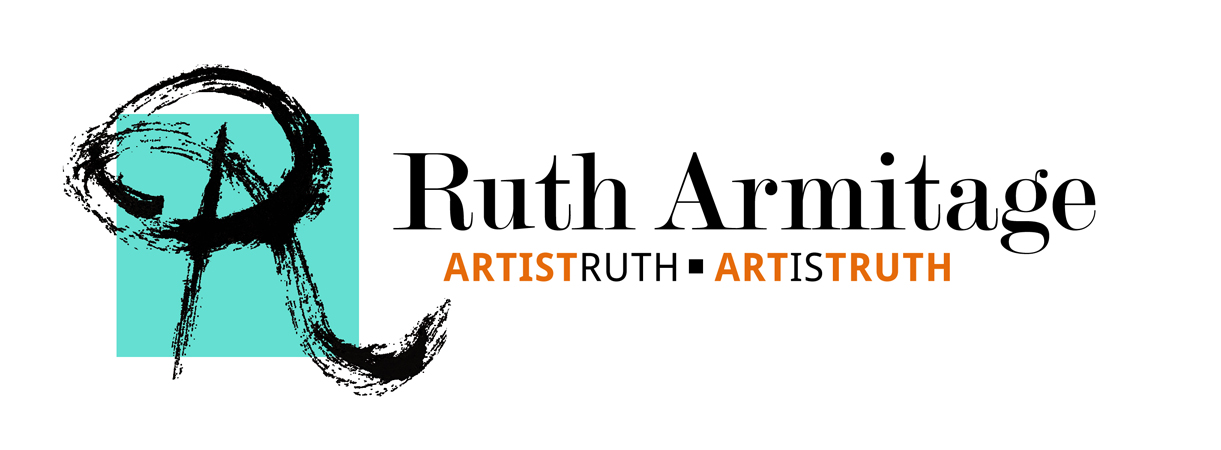
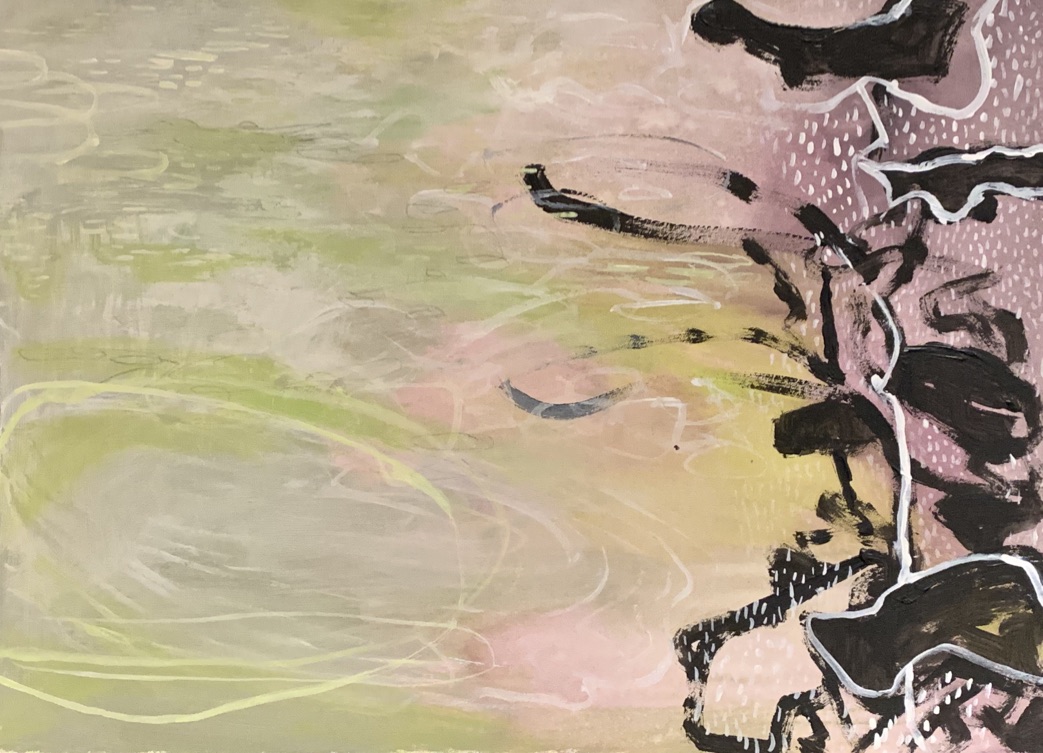
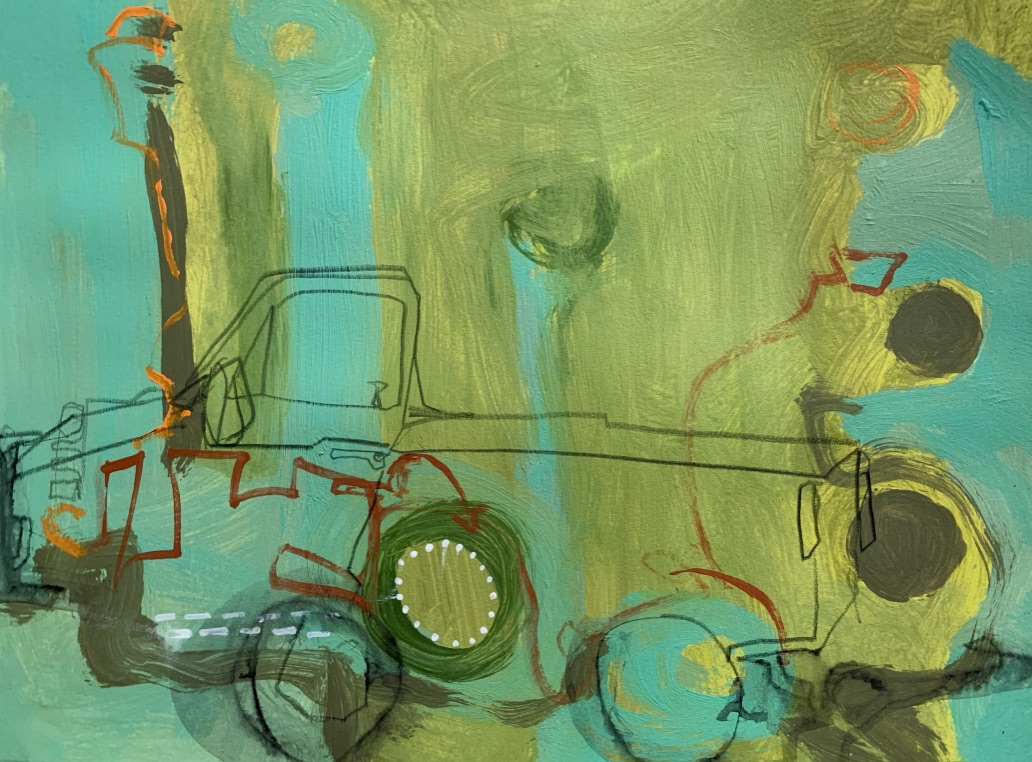

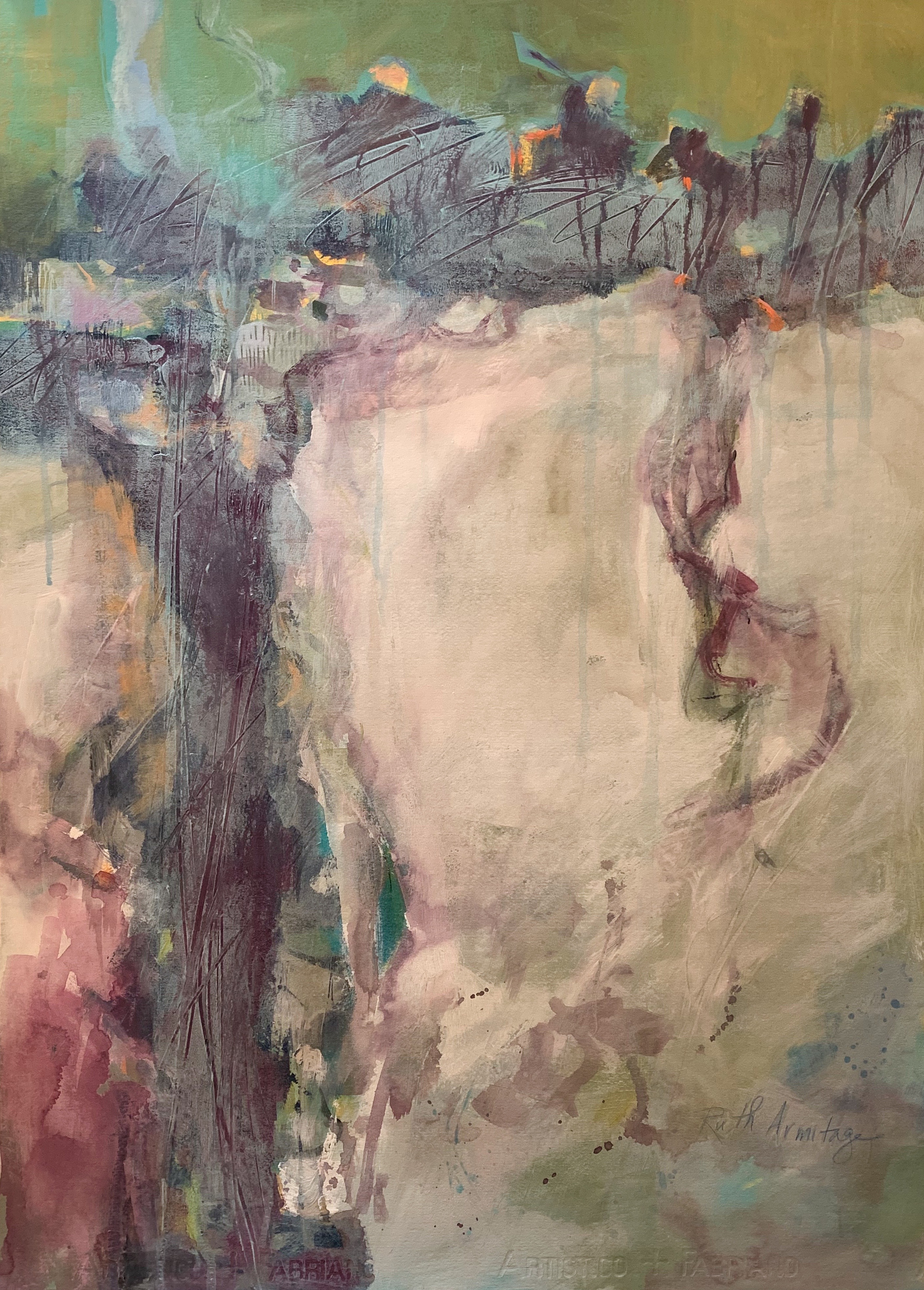
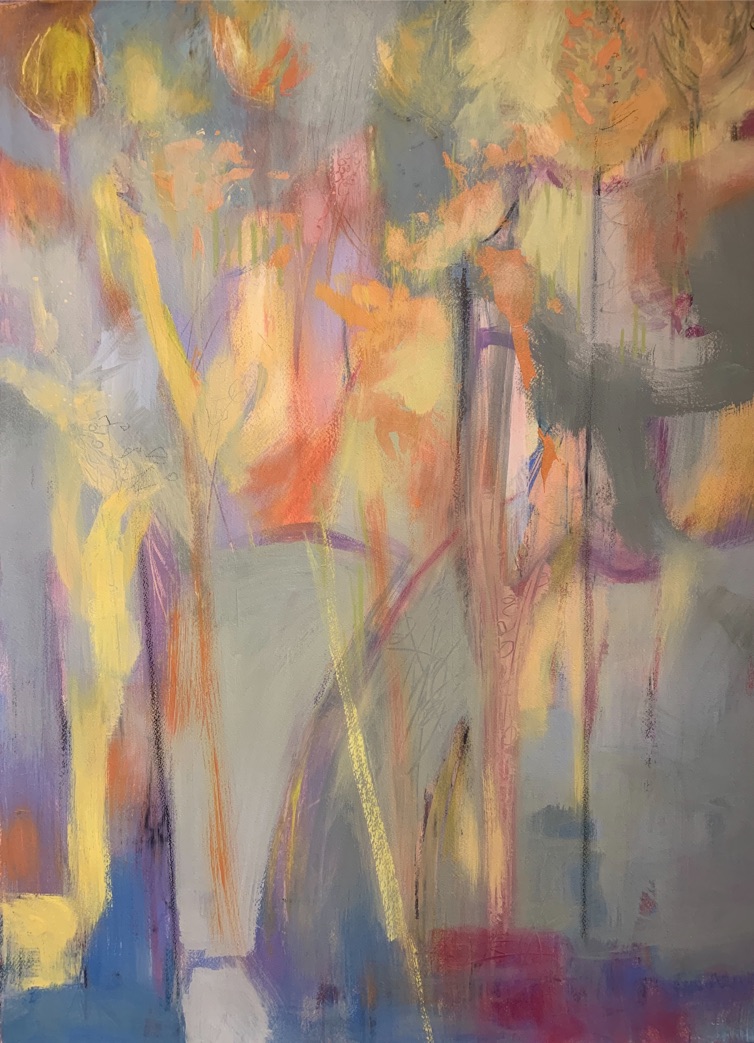
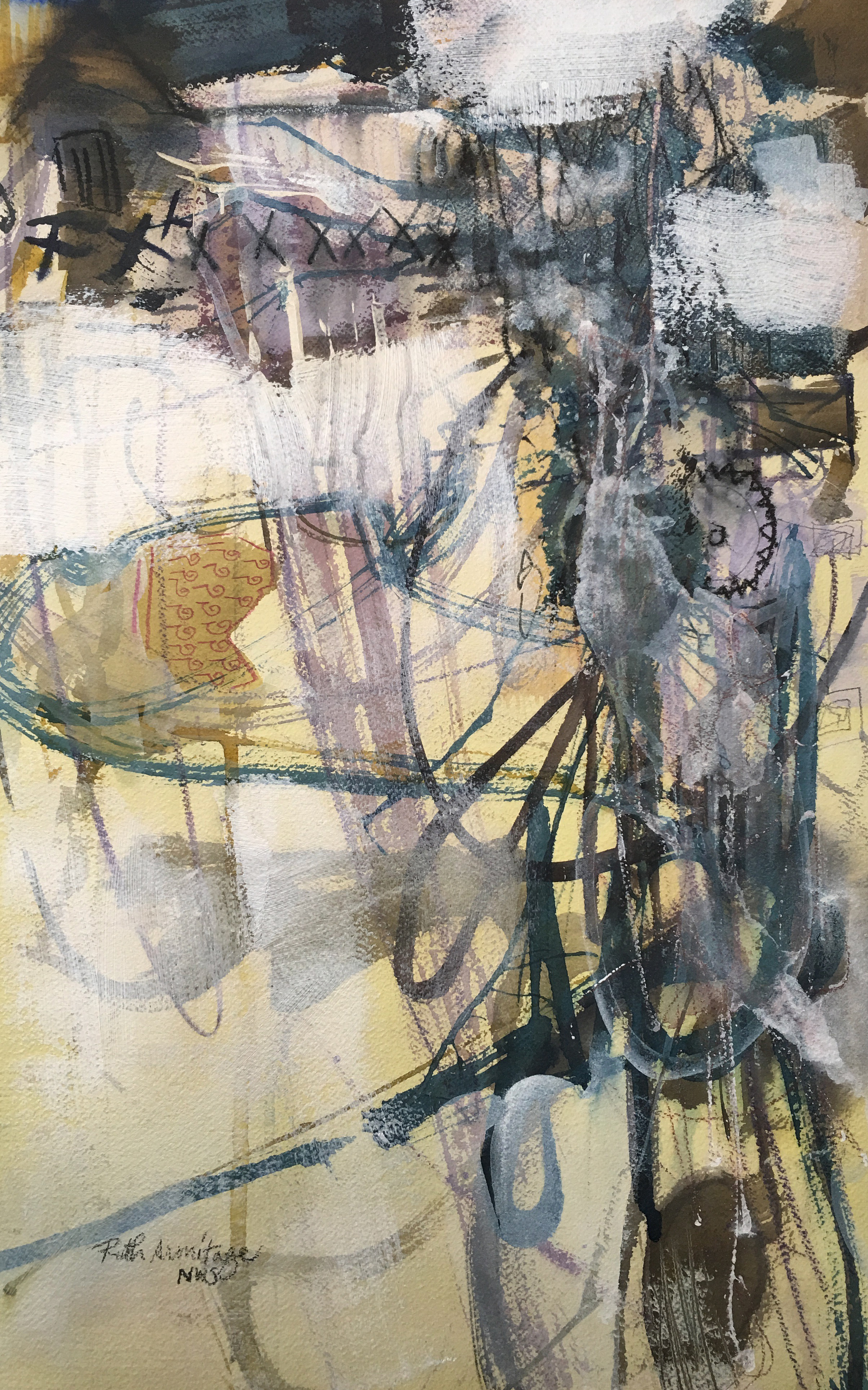

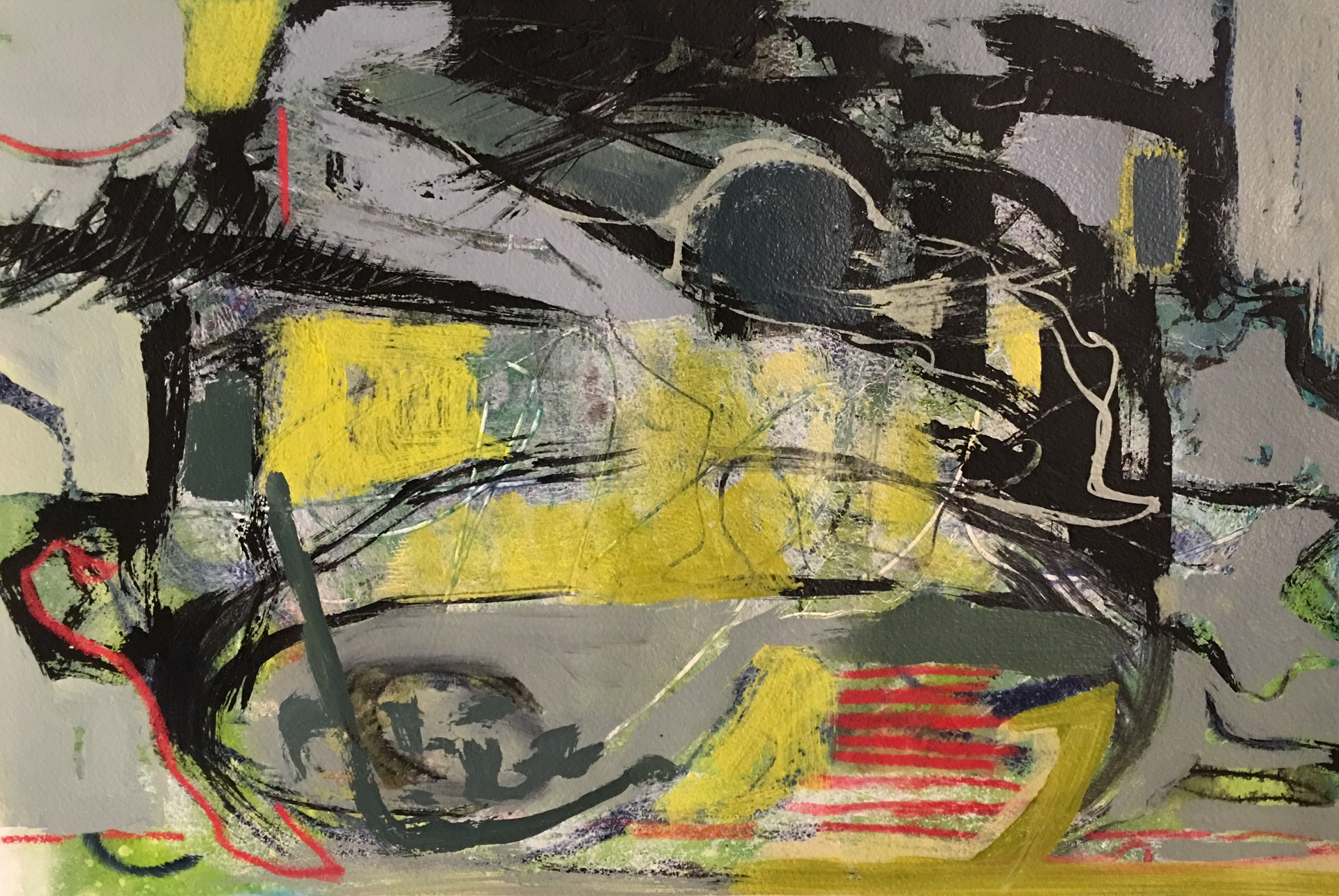
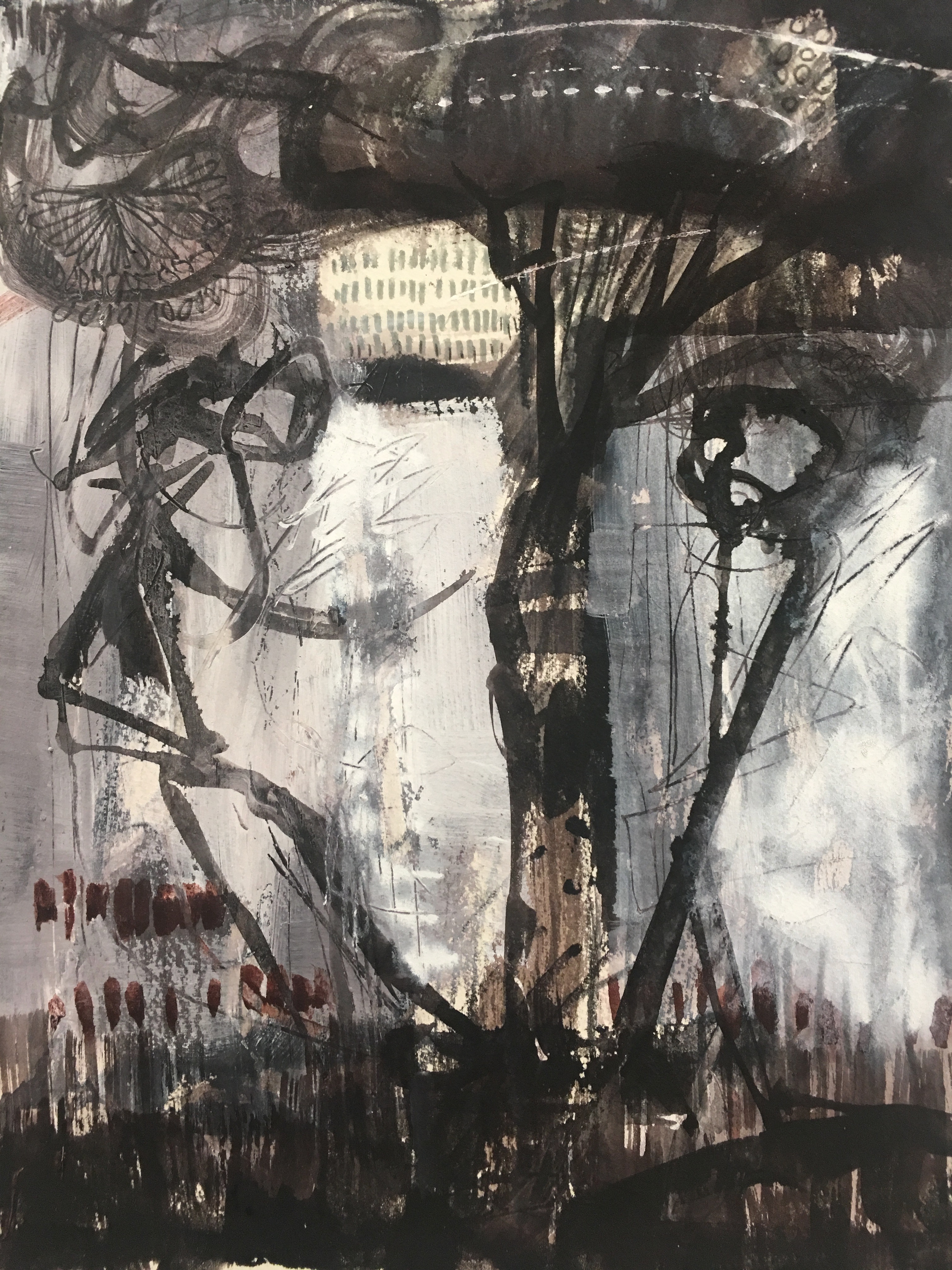

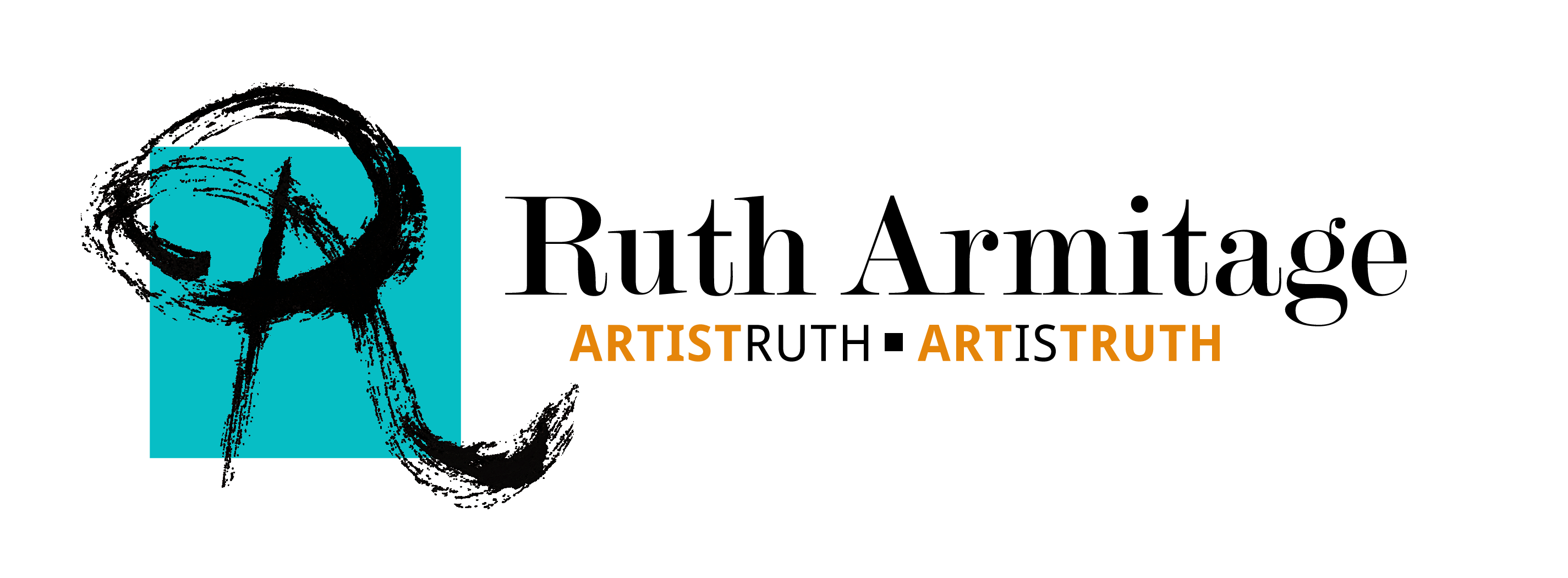
Ruth,
I too think of lines (and mark making in general) as being like fingerprints. I also think that once made, they are difficult to recreate, meaning they can be fleeting and ephemeral. Those marks, to me, represent how someone thinks, which is why it’s darn near impossible to copy that sort of work. You might as well ask to jump inside the person’s head to copy how they think!
It’s such a great question. Thank you for writing about it. And I love Jeri Ledbetter’s work. Talk about expressive! I also didn’t know that Judy Wise had two daughters. What a treat for me to follow Stephanie’s work also. Thank you!
Libby
Thanks Libby! Glad to have provided some food for thought and a bit of inspiration!
Great article Ruth. I recently heard that an artist expression is as individual as their signature. This really falls in line with what you’ve been talking about. Thank you so much for sharing your insights. Now to go try some expressive line!
I like this article. Good job.
Thank you Ruth, you are always an inspiration.
I am going to add some more LINE to my latest painting (s).
Hee, Hee, Hee, What fun !!!
I find all lines, all marks, expressive. Nice foray here Ruth!
You have made me realize that it is time to use more line in my work. The power of it seems overwhelming at times. Does it reveal too much of me? It is time to jump into the pit of fire. Thanks for this push.
I am ready to use line in my work but with a totally abstract knife painting, I am wondering how I am going to adapt. Thin brush, crayon, marker, I am dreaming here.
Hi Francoise,
I think all those methods sound good. You could also try scraping into the wet paint. Let me know how it goes!